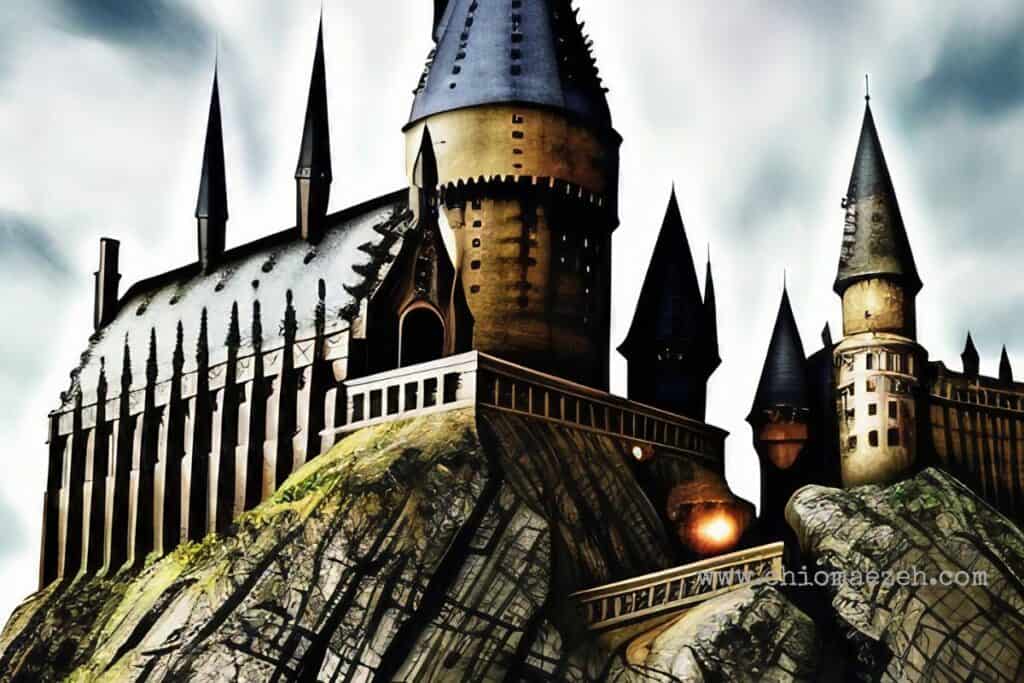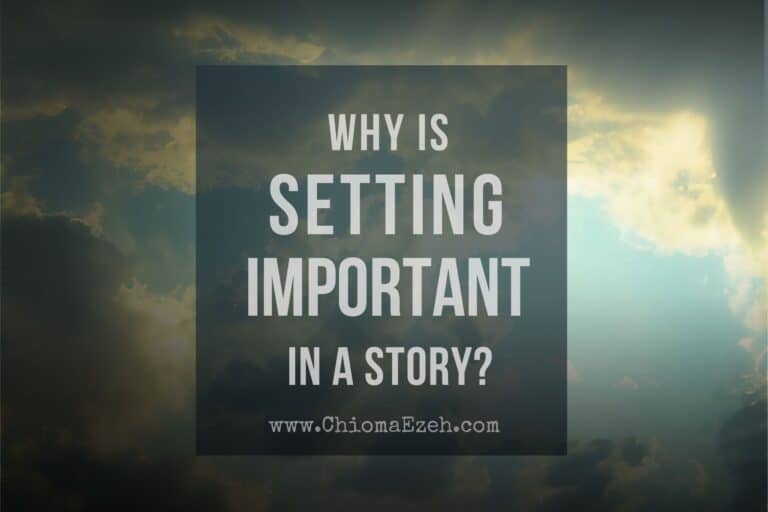9 Elements of Setting [And Why You Need To Use Them]
Creating a vivid and believable setting is an essential part of any story. Whether you’re writing fantasy, horror, historical fiction, or contemporary stories, it’s important to include the elements of setting that make your reader feel like they are truly in that world.
To do this effectively you must pay attention to time period of both year and day, elapsed time within the narrative arc, location, physical environment and social environment including cultural influences; mood and atmosphere and climate. All these components will help bring your story to life.
👉 Getting started with learning about story structure? See our complete guide on setting of a story

Let’s Talk
Are you a writer aspiring to pen a masterpiece that never fails to captivate? Look no further. Reach out to us and uncover how we can help you to take your writing to unprecedented heights!

What is Setting?
Setting is an essential element of any story. It’s the backdrop against which a narrative unfolds, and it can be used to create a vivid picture of the world in which your characters live. Setting includes both time, place, physical and social elements, as well as cultural influences that help shape the mood and atmosphere of your story.
Setting is important because it can serve to conjure up a vivid mental image of the locale in which your characters exist and move, which impart information the plot.
Nowing what a setting is, let’s move on to the elements of setting. We will take an example of a popular novel and see how the various elements of setting combine to make it stand out
👉 See our guide on 9 reasons you need to be crafting your story setting
9 Elements of Setting in A Story
1. Time Period (Era or Year).
Establishing the year in which your story takes place is essential for grounding readers in the setting. This will help them understand how certain events or actions may have been perceived at that time as well as how technology or fashion may have changed since then. For example, if you’re writing a historical novel set during World War II, it would be important to include details about what life was like during this era such as rationing of food and clothing or the lack of modern conveniences like electricity and running water.
Time settings example: The time settings in J.K. Rowling’s Harry Potter series is the 1990s. This detail help to inform the reader of what technology is available, what forms of transportation characters use, and how people dress.
2. Time Period (Day).
Specifying when something happens within a day can also help bring clarity to your setting by providing context for why certain activities are taking place at particular times. For instance, if you’re writing about a character who wakes up early every morning to go fishing before school starts, mentioning that they get up around 5am would provide readers with an understanding of their daily routine and why they need to wake up so early each day.

For example, J. K. Rowlings’s Harry Potter series is mostly set during the school period. Although there are some scenes from summer holidays or weekend trips, most of the stories take place during a normal week when Harry and his friends attend classes at Hogwarts. This choice allows for consistent timing of events throughout the series, and creates a sense of continuity.
3. Time Period (Elapsed time)
Time is an essential element of storytelling. Time can be used to craft a narrative’s continuity and development, while also imparting an understanding of how much has passed between events. Elapsed time can be used to great effect when it comes to setting the tone and atmosphere for a scene or chapter.
For example, J. K. Rawlings’s Harry Potter series follows Harry throughout seven years of school. The reader is made aware of the passage of time through descriptive and expository text, as well as changes in character development and plot points.
4. Location (Place).
Location is an important element of setting in a story. Location can be an urban area or rural hamlet, even just an expanse such as “the North” or “the West.” Its selection will have a bearing on how readers interpret the occurrences in that place. Location can be used to create atmosphere, influence the plot, and provide context for characters’ motivations.

Location: The Harry Potter series is set in a magical version of England, giving readers helpful visual cues about the characters and events. The use of England as the primary setting provides an important look at the grimy industrial world of late 19th century Great Britain.
5. Physical Environment
The physical environment is one of the key elements of setting in your story. Illustrating the landscape (hilly or flat), atmosphere (warm or cold), and flora (wooded or barren) will provide readers with a glimpse into how these components shape the experiences of characters, as well as any possible struggles that arise from restricted access due to environmental conditions like dryness or extreme temperatures.
Using our Harry Potter example, the physical environment surrounds the Hogwarts castle and its grounds which serve as the backdrop for most of the action, and the mysteries are explored through its walls both literally and figuratively.
6. Social Environment.
Social environment refers to how people interact with one another within this particular setting—what kind of culture exists? Are there class divisions? What do people value most? All these questions should be answered when creating a believable social environment for your characters to inhabit so that readers can understand why certain behaviors exist within this world.
Social settings: Harry Potter series features a heavy emphasis on the British class system and how this influences the characters’ interactions with one another.
7. Cultural Influences
Knowing the culture(s) present in your story’s setting is essential for establishing norms around behavior and beliefs held by its characters. It should be interwoven into dialogue between characters, as well as descriptions detailing customs related to dress code/style preferences or language spoken, etc. Doing so provides depth while helping readers better connect with individuals living there.

J. K. Rowling extensively employs British culture to inform character interactions, from the use of British slang and idioms to assumptions made about race, class and education. These nuances give Potter fans a better understanding of the choices characters make throughout their journey.
8. Mood And Atmosphere
Mood and atmosphere are often overlooked but play an important role in conveying emotion through description without relying on dialogue alone. Here, writers must pay attention to not only visual cues but also auditory ones – sounds associated with the location/time period being described. These work together towards building tension necessary for sustaining suspense.
Harry Potter combines both dark, dismal atmospheres of Hogwarts and its dungeons alongside light-hearted moments of the Gryffindor common room. This atmosphere set the stage for truly memorable sequences that readers can get lost in.
9. Climate.
Climate is an important element to consider when writing a story. It can influence the characters’ behavior, the environment they live in, and even their outlook on life. The climate of a setting can be determined by its location and time period.
For example, J. K. Rawlings’s Harry Potter series is set in a chilly, rainy Britain. This climate affects the characters’ behaviors and motivations, as they often seek warmth and shelter during inclement weather.
👉 Want to get started withyour story, see our guide on how to write a story in 9 steps
Video Recommendation
Final Notes on Elements of Setting
By focusing intently on the specifics of setting, authors can bring their stories to life for readers, creating a vivid and immersive experience that transports them right into the narrative. Turning to the significance of the various elements, we can see how one can incorporate this into our story structure for more profundity and understanding.


![What Is Introduction In A Story? [Explained]](https://chiomaezeh.com/wp-content/uploads/2023/02/introduction-in-a-story-1-768x512.jpg)
![What Are The Elements Of A Story? [Explained With Examples]](https://chiomaezeh.com/wp-content/uploads/2023/02/Elements-of-a-story-768x512.jpg)


